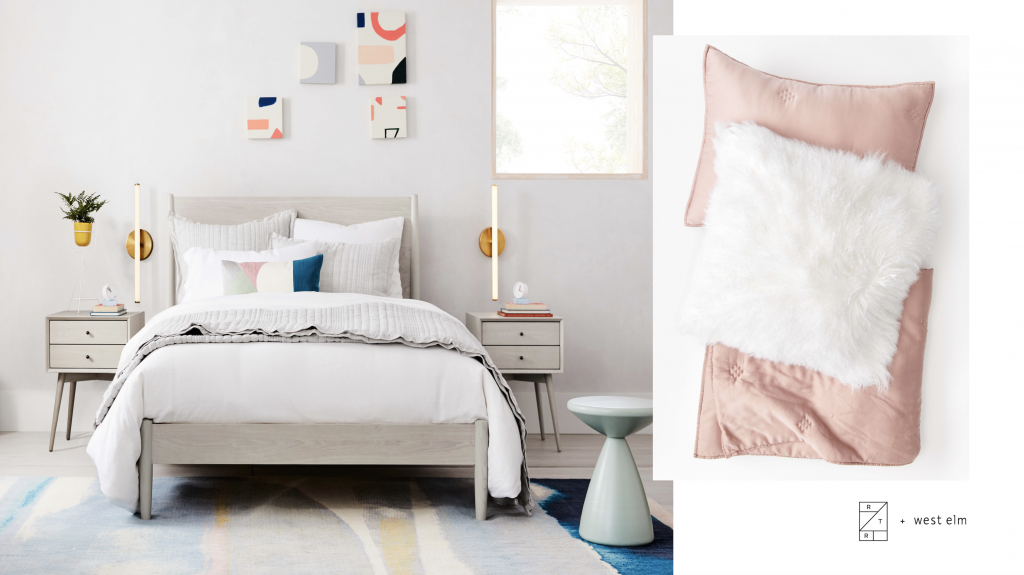
We’ve become accustomed to sharing. In fact, we have grown to prefer it. We share rides with Uber, we borrow houses with AirBnB and we rent clothing for special occasions. It’s all part of the sharing economy and the trend of desiring experiences over ownership.
In the last decade, there has been a boom in rental subscription services that allow consumers to borrow items for a monthly fee. You can borrow anything from cars to clothes and accessories. In the fashion world, Rent the Runway made a name for itself, beginning in 2009, by offering designer dress and gown rentals. A few years later, the company launched a subscription service model that allowed consumers to rent up to four items at a time for a monthly fee. These items include everything, whether its gowns, denim jeans, jewelry or handbags.
Although many people are still hesitant to buy into the model because they are wary about wearing clothes other people have worn or don’t want to pay for items they will never own, Rent the Runway has pitched themselves as an alternative to environment-wrecking fast fashion, thus capitalizing on trends in sustainability. With
Their next big venture? Home
Could this be the next big wave in rental subscription services, or are home goods too personal of an item to borrow? According to an interview with Business of Fashion, Rent the Runway’s Chief Operating Officer Maureen Sullivan expressed that their customer is voicing a desire for more from the company. They are looking for other aspects of their lives the brand can be a part of. Sullivan believes this new partnership will answer those needs as well as attract new customers.
Kim Gettenberg, a luxury and fashion management student with experience in interior design, stated that she doesn’t see the average person switching out their home accessories very
Renting home goods could also capitalize on the transitory nature of millennials. According to a Mayflower survey, 41 percent of millennials move to a new place (excluding moving for college) without the intention of settling there permanently. New jobs, job hunting and seeking a new lifestyle were among the top reasons for moving. Millennials are frequently moving to new destinations with the plan to only remain there a few years. Given this lifestyle, it makes sense that renting home goods could become extremely popular. Why would this demographic invest in decor they will just have to pack up and move in a few years?
Is the market ready to rent home goods? It seems that if people are willing to stay in someone’s home via Airbnb, they will certainly be comfortable renting a decorative pillow. This kind of service allows consumers to try out new styles and experiment with what type of décor best fits them and their lifestyle. It also reduces the amount of storage space needed to store seasonal décor and possibly reduce the cost and hassle of moving.
As our society becomes more accustomed to renting and borrowing, it leaves the question: what will the future look like? We could one day live in a world where we own nothing, and we rent our living spaces and everything in them. Will we become less attached to things and focus more on relationships and experiences? Or will this renting culture cause us to spiral into deeper materialism, demanding ever faster access to goods? For now, the rental trend is only picking up speed, tying in closely with values in sustainability and access over ownership. Who knows how far it will go. One thing is for certain — it isn’t slowing down any time soon.




























